Day 246 of the Quarantine (November 15, 2020)
On our last morning at Dana Point, I exchange PJs for sweats, stuff binoculars and camera into my rucksack, and run the eucalyptus-lined sidewalk to Doheny State Beach. When I arrive at the San Juan Creek estuary, the tide is high, sending bore after bore into the shallow expanse. An inland sea stands where only yesterday I walked over mudflats.
At the center of it, tucked into a flock of the usual California and western gulls, a single white swan more than three times the size of its companions tries to look inconspicuous. I drop my rucksack and grab my camera, snapping dozens of pictures as it paddles to the beachhead between the estuary and the ocean and walks onto the sand. I want to circle around to it and get the morning sun behind me but can’t muster the nerve to brave the thigh-sucking crossing again.
Back at our suite at the Marina Inn, while the wife packs, I crop a few of the best pictures and with rising excitement upload them to eBird, filling in a description as required for a “rare bird.” “Large swan with grayish neck and head, dark bill pink at base,” I type. “Juvenile first year Tundra Swan. See photos.”
“Tundra swans,” I relay to my wife, “have appeared only a handful of times in Orange County, the last time in 2009. No reports exist for Dana Point. Mine is the first!”
She shares my enthusiasm by stacking our luggage in a giant heap by the door so I can start hauling it to the car.
Soon, the eBird administrator in Orange County emails me. Above the standard message, “Tundra Swan. The species or count that you have reported is unusual at this date and location,” Ryan Winkleman writes: “Hello, do you have any additional photos you can email to me? Thanks.”
After I send the photos, Ryan tells me that several people have looked for the swan but can’t find it, and that there is disagreement on whether it is a tundra or mute swan. Some birders want to know if my sighting is a “legit, countable bird, i.e., not a juvenile Mute Swan.” Apparently, mute swans are like the Egyptian goose: nonnative interlopers. “Given the difficulty of identification of immature swans and the rarity of any swans at all in this area we just want to make sure we are thorough in what we are looking at,” he writes. Then: “It sounds like your bird may have shown up at a lagoon in San Diego County.”
He says a photographic comparison shows it to be the same bird.
I check the California Rare Bird Alert and find a report by Tito Gonzalez of a tundra swan at Batiquitos Lagoon, which a quick look at Google maps shows to be about 35 miles south of Dana Point. Tito writes: “Imm. bird with gray head and very pale gray back.”
I email Tito about my sighting and attach a few photos. “I’m wondering if you think it’s the same swan you found this morning?”
He responds: “Yes, I think it is likely same bird. The only thing that seems a little different are the prominence of nasal grooves in your photos. You seem to have been closer to the bird than I was. At a farther distance, I may not have picked up that feature.”
When Ryan emails again, he says the jury is still out on “your swan.” “Nobody feels 100% on the bird…. If I need you to change the ID I’ll let you know.”
It’s been a good week for life birds—12 species in all. The yellow-crowned night-heron, American pipit, and dunlin ranking at the top. But this is the first time I’ve reported a rare bird no one has reported before me. The very first time. The mark of a true lister. Cat-loving, pajama-wearing lister or not.
For now, “tundra swan” remains as a record for Dana Point and the only marker on eBird’s Range Map for the species in southern Orange County. And on my list: Life bird #448.
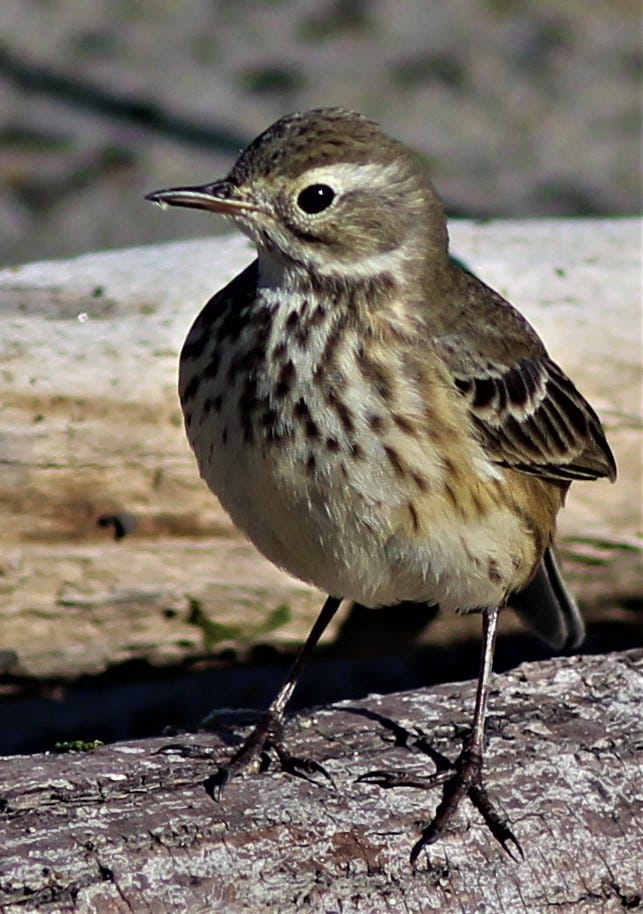
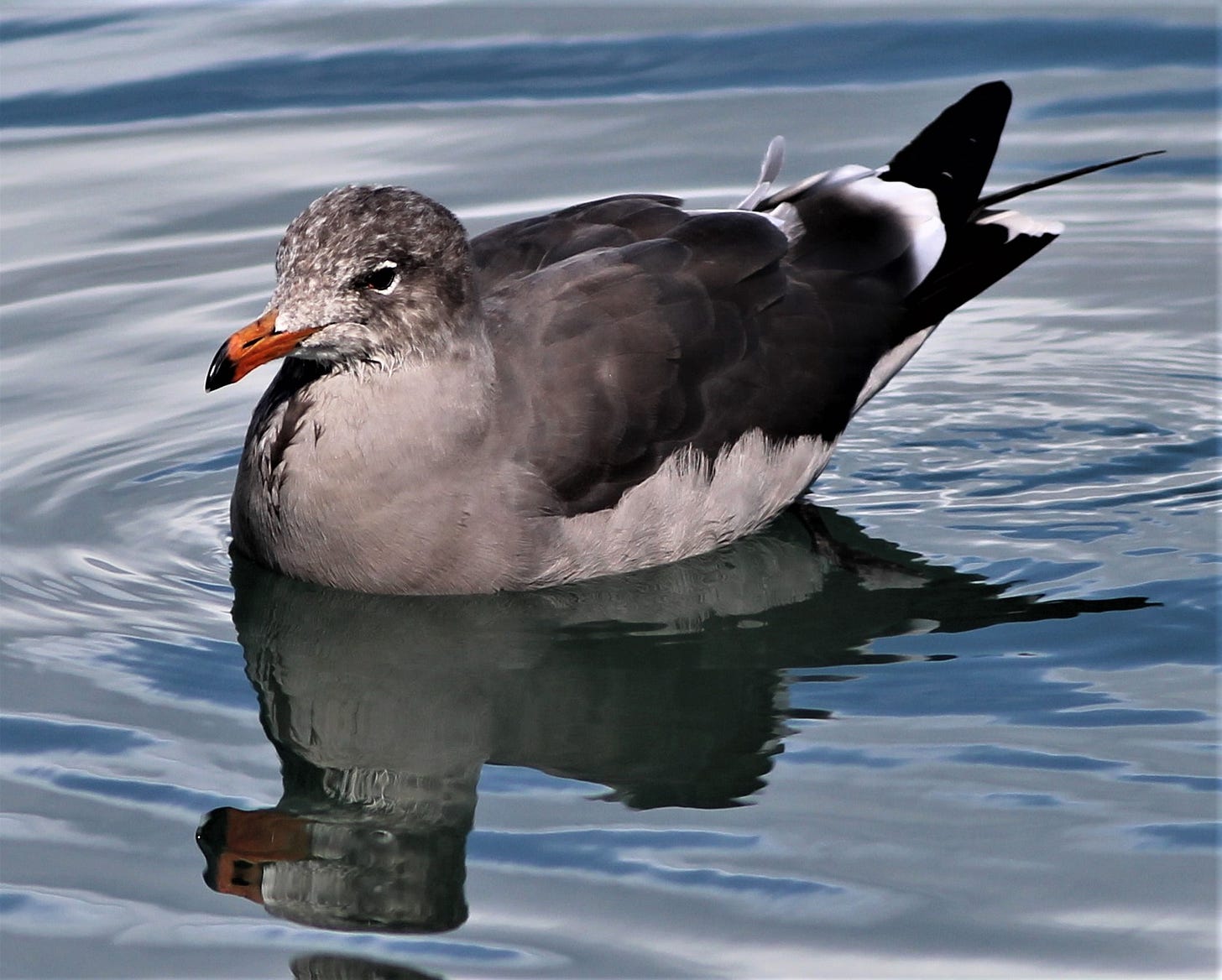
Thanks for subscribing!
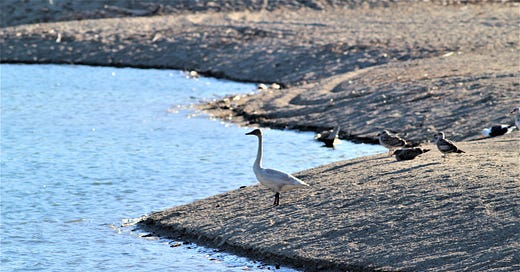



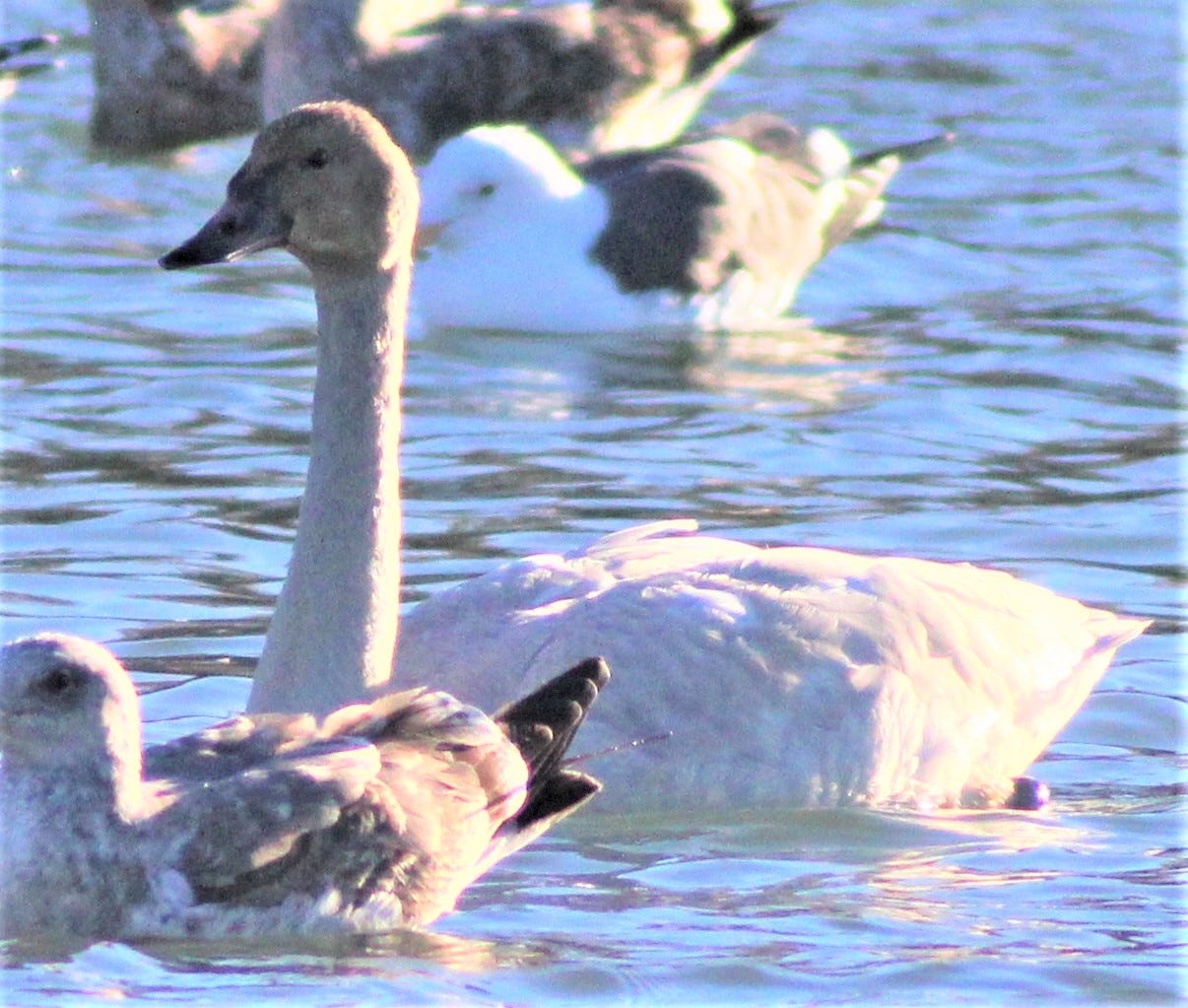
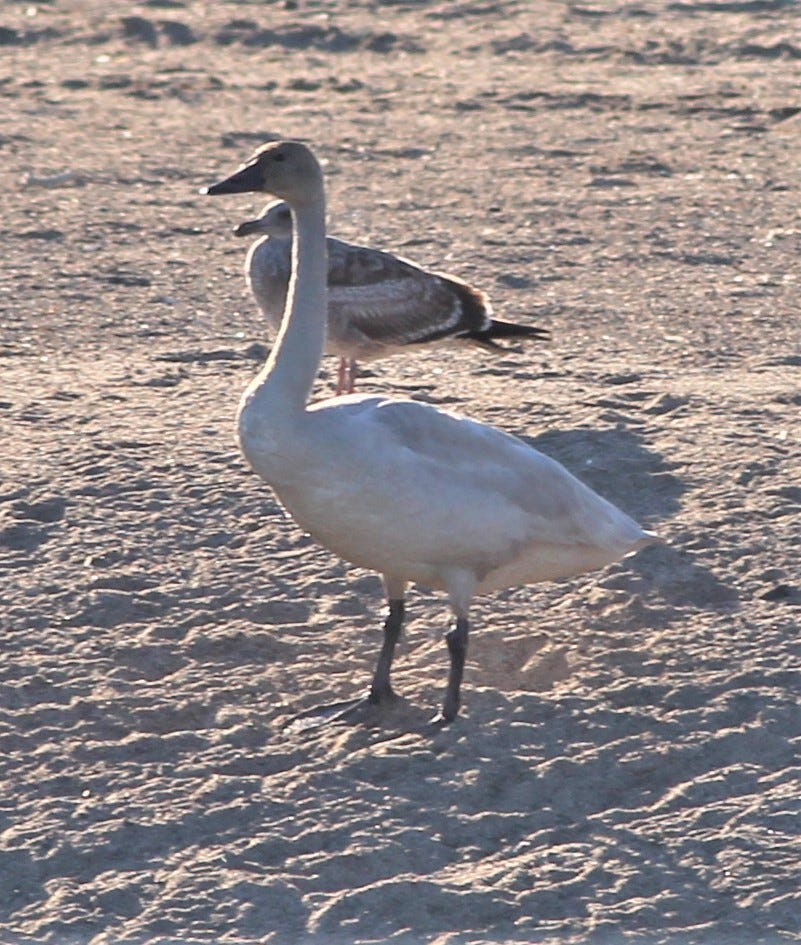
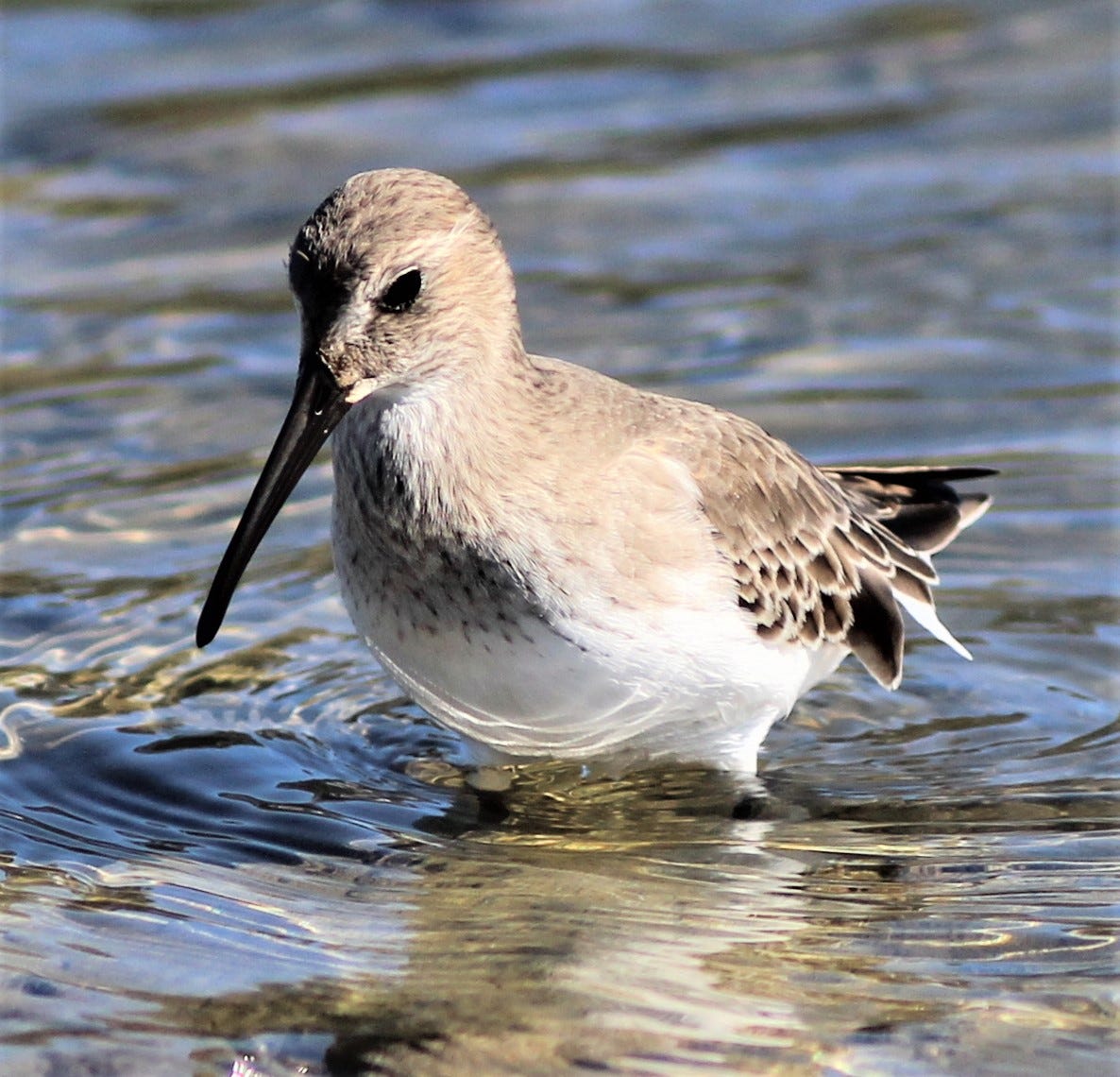
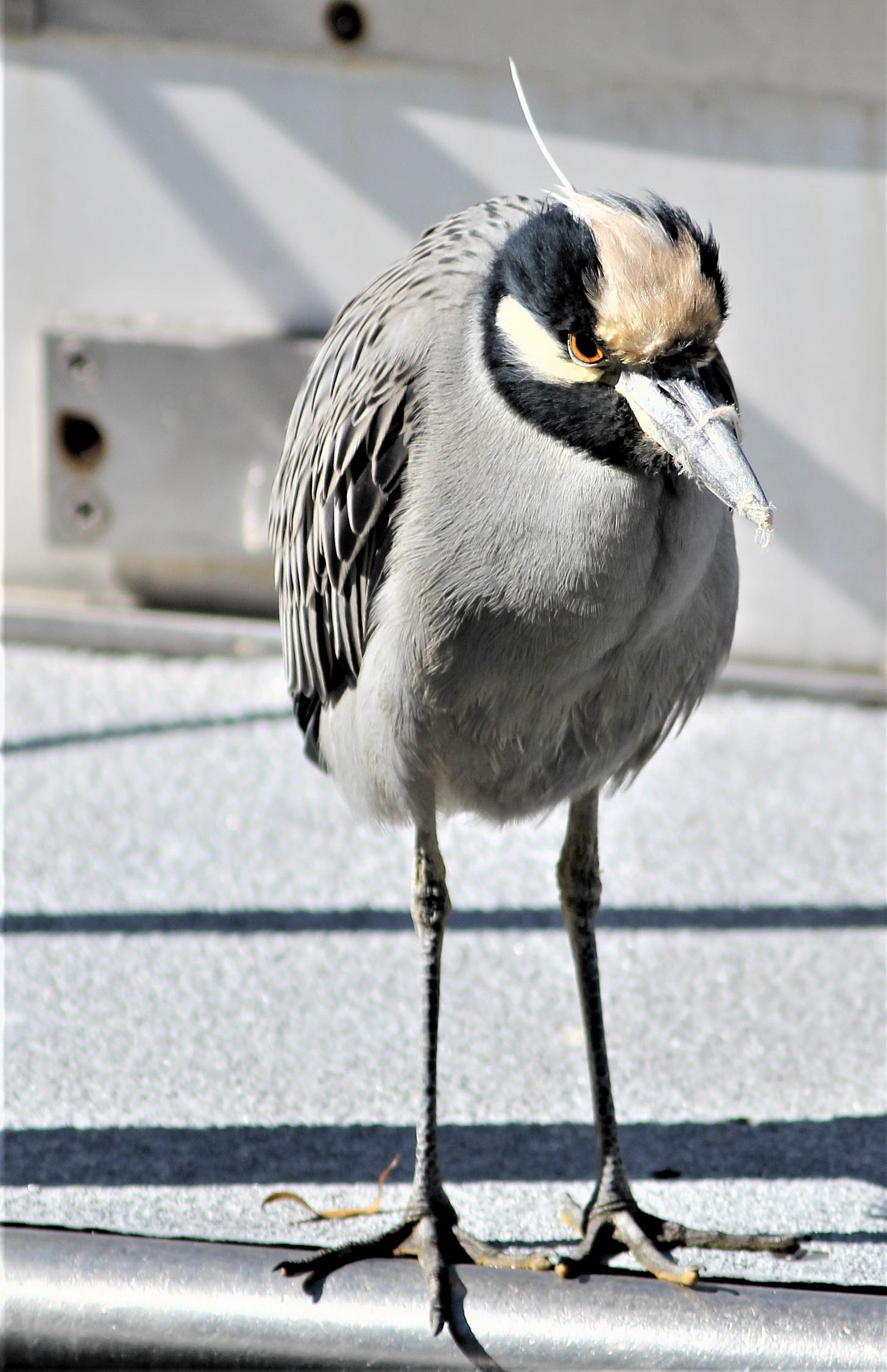
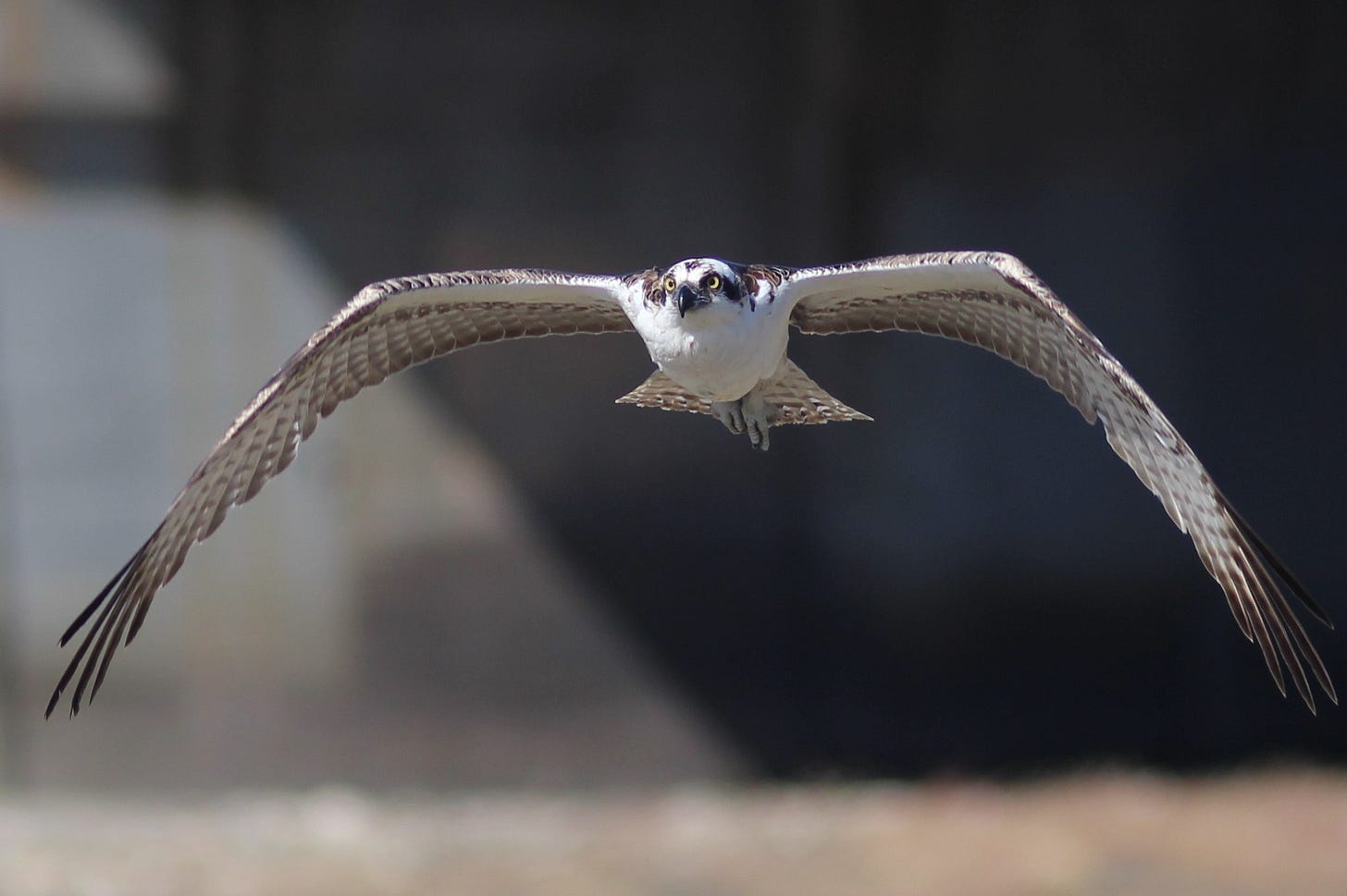
Tundra Swan --- very, very nice find!
What an exciting get, Ken! Congrats!